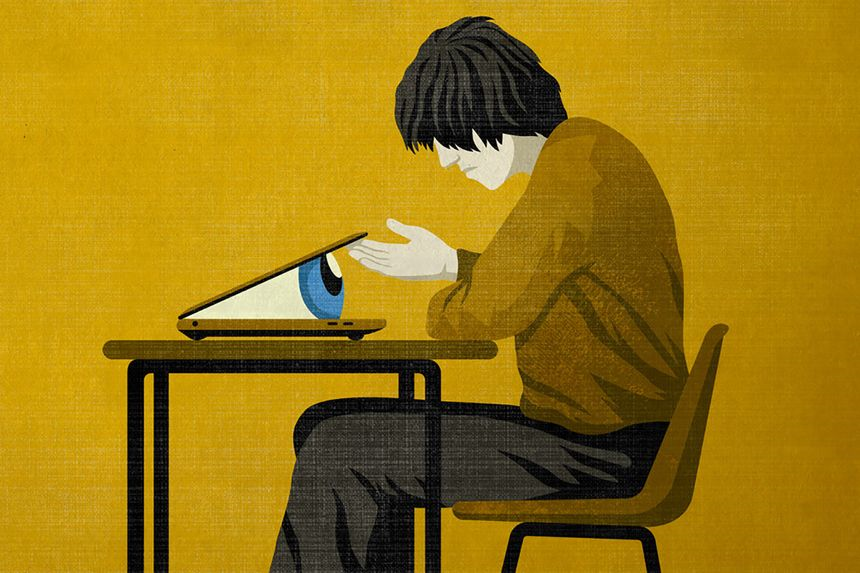
According to a report by the Center for Democracy and Technology, more than 70% of American schools use software to detect signs of bullying, violence and self-harm among schoolchildren. Most companies that provide psychological monitoring services use the analysis of the tonality of students ‘ posts in social networks to solve this problem.
As students return to school, more and more American schools are implementing artificial intelligence to monitor their social media posts and Internet search queries. The initiative is aimed at identifying schoolchildren at risk and providing them with timely assistance. Bark reported that its software, used in 2,900 school districts, detects about 5,000 cases of self-harm per week.
The software searches for certain keywords and phrases on school devices and alerts the school administrator when it finds them. The administrator can determine whether the warning is significant and decide to notify the parents or intervene in the situation with the student.
According to a survey conducted by Harris Poll, the mental health of schoolchildren worsened throughout the pandemic, with parents of school-age children reporting an increase in the level of anxiety, constant sadness and the appearance of nervous habits among their children. Although monitoring programs are criticized by security experts, 66% of teachers agreed that the benefits of online monitoring outweigh the risks, and 50% of students reported that they are comfortable using monitoring software.
The widespread use of monitoring software has already changed the behavior of students and made it difficult to identify students who are at risk. According to surveys, about 60% of schoolchildren do not share their feelings on the Internet, because they know that they are being watched, and 80% of schoolchildren do not use Internet search to solve personal problems.